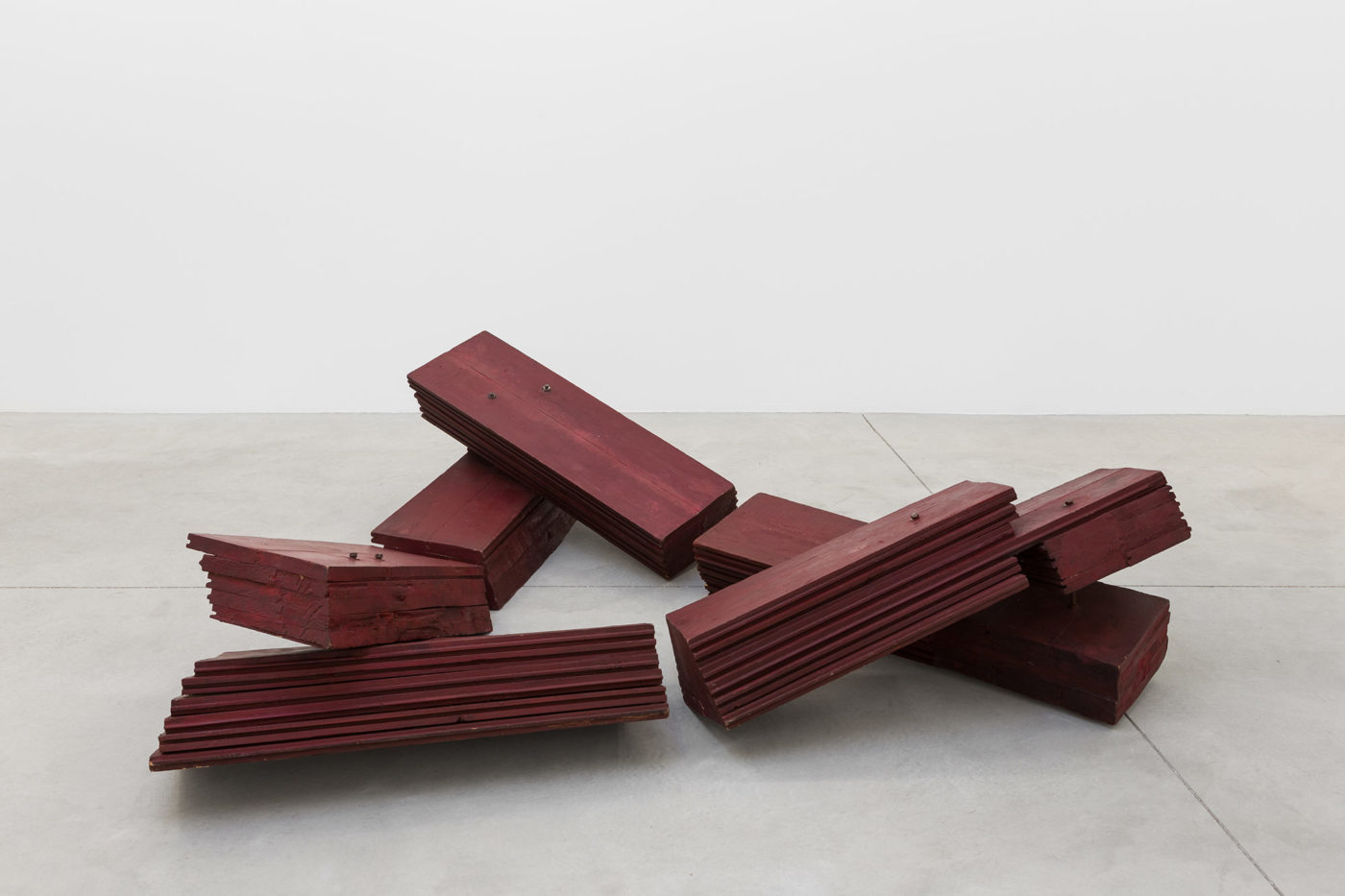
María Luisa Fernández’s works are characterized be the use of disparate artistic languages, ranging from post-conceptual and minimalism to elements coming from the intersections between constructivism and the tradition of the Basque sculpture, training ground of the artist. The use of “doublé entendres” and puns is also frequent in her production, as well as incorporating a critical vision to official versions of the 20th century history of art. Thus, María Luisa Fernández remains attentive to the influence of the 80s, which brought back notions like those of authorship, effort or genius loci, constantly questioned in her works. In this context, Fernández also asserts that in addition to “having something to see” we can also work “so as to have something looking at us and something to look with”.
The work of María Luisa Fernández (Villarejo de Órbigo, León, 1955) has been shown in institutions such: Reina Sofía National Art Center Museum MNCARS 2013-2014; CVA (1980-1984), Artium, Center-Basque Museum of Contemporary Art, Vitoria-Gasteiz, 2004 / Center d’Art La Panera, Lleida, 2005; Expressionist teasing, Trayecto Galería, Vitoria-Gasteiz, 1993; Berini Gallery, Barcelona, 1991; Sculptures, CREDAC, Paris, 1990; Oliva Arauna Gallery, Madrid, 1990; Jeunes sculpteurs espagnols, Center Albert Borschette, Brussels, 1989; Sculptures: Mª Luisa Fernández, Pello Irazu, Juan Luis Moraza, Amadis Room, Madrid, 1987; Myths and Crimes, Sala Metrònom, Barcelona / CAM, Bilbao, 1985; o The ground as support, Sala Metrònom, Barcelona, 1986.
His works are part of the collections of the Reina Sofía National Art Center Museum (Madrid); MACBA (Barcelona); Fundació la Caixa (Barcelona); Artium, Basque Center-Museum of Contemporary Art (Vitoria-Gasteiz); as well as different private collections. (Maisterravalbuena press-release)
Galeria Maisterravalbuena. Reinaldo Ferreira 40 — 1700 – 324. Lisboa
Image: Maria Luisa Fernandez. Cobarde temerario, 1989. Wood, oil. 107 x 55 x 97 cm
